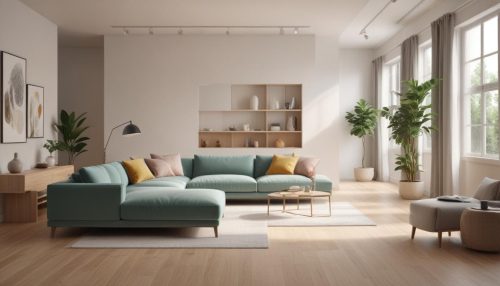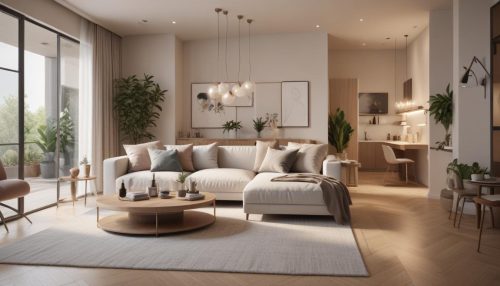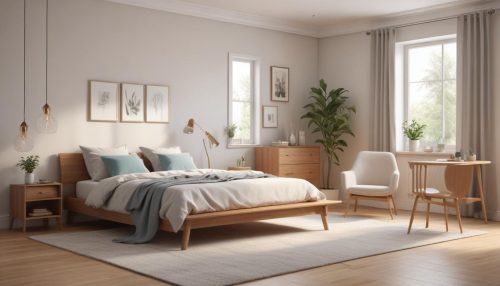How to Use Environment to Change Your Habits
Emma Brooks July 8, 2025
Most behavior‑change guides focus on willpower. But the truth is that context matters more. When you use environment to change your habits, you’re leveraging powerful, subconscious cues that shape behavior with less effort. This approach transforms habit formation from a mental battle into intentional design—where your space supports your growth.
In this article, we’ll examine the science behind environmental design, explore current trends in wellness and entertainment spaces, and offer practical steps you can implement immediately to align your surroundings with your desired habits.

Why You Should Use Environment to Change Your Habits
Behavioral science shows that up to 45% of daily actions are guided by our environment, not conscious decisions. The environment creates effortless triggers—if left unchecked, those triggers can push you toward unhealthy snacks, mindless scrolling, or procrastination. However, when you curate your space for your goals, you can make healthy actions the path of least resistance.
As James Clear explains, “Every habit is context dependent.” That means when you intentionally use environment to change your habits, you let your physical and digital setup do the heavy lifting.
The Latest Trends in Environmental Habit Design
Several trends in wellness and lifestyle emphasize environmental influence:
- Biophilic Workspace Design
Integrating plants, natural light, and wood textures into offices and homes has proven to reduce stress and improve focus—a hot trend in modern wellness architecture. - Digital Minimalism
People are organizing home screens, decluttering app menus, and creating notification-free zones to eliminate tech-based distractions. - Nudge-Based Product Design
Apps now use behavioral insights to design defaults that support healthy routines (e.g. auto-reminders to stand, red tab backgrounds signifying deadline urgency).
How to Use Environment to Change Your Habits in Five Steps
Here’s a practical step-by-step guide to applying environment-led habit change at home or work:
1. Make Your Desired Habits Obvious
- Keep a water bottle in sight to inspire hydration.
- Leave a guitar in view if you want to practice.
- Place healthy snacks at eye level; bury junk food.
This method, known as cue priming, ensures you “see” the habit before deciding—reducing activation energy.
2. Design for Default Behavior
- Keep workout gear by your bed to make morning exercise automatic.
- Move work-related apps to your taskbar, and remove distracting icons.
- Arrange reading materials on your pillow to cue nightly reading.
Your environment should default to the behavior you want, making choice easier.
3. Control Sensory Cues
- Increase natural light and greenery; studies link these to mood improvements.
- Use soft lighting and quiet sounds in relaxation areas.
- Choose warm colors and soft music in creative spaces where calm support is needed.
Environmental psychology shows subtle sensory changes shape emotions—and habits—seamlessly.
4. Allocate Spaces for Specific Behaviors
- Work only at your desk; relax on a sofa or bed.
- Make the kitchen area meal-only to avoid work creep.
- Dedicate a corner for mindfulness or stretching with minimal distractions.
Zoning spaces helps your brain associate behavior with location, reducing mental friction.
5. Remove or Hide Temptations
- Turn off non-essential notifications.
- Move your phone to another room during deep focus.
- Store streaming devices out of sight or unplug them when not in use.
Granting temptation less space makes resistance almost automatic.
The Science at Work Behind Your Environment
The evidence supporting environmental habit change is strong:
- Automatic behavior: As much as 45% of our actions are unconscious—triggered by context, not thought.
- Cue-based habit loops: Psychology Today notes that habits are prompted by environmental cues; changing context influences actions more than internal motivation.
- Choice architecture: Clutter-free defaults dramatically influence outcomes—an insight central to behavioral economics.
These findings reinforce why redesigning your environment is one of the most effective habit-change strategies available.
Applying This in Digital Spaces
Your digital environment can be a major influence on behavior:
- Move social and entertainment apps off your home screen.
- Use plain wallpapers and minimal icons.
- Install blockers (like Freedom or Cold Turkey) for focus zones.
- Reorder toolbar or browser favorites so productivity tools come first.
A study in Nature Human Behavior verified that even subtle layout changes on phones reduce compulsive checking.
When Your Setup Isn’t Ideal
Not everyone has complete control over their environment—shared offices, families, roommates, or travel can complicate things. Here’s how to adapt:
- Control what you can: your desk, chair, phone.
- Use portable cues: noise-cancelling headphones, reminders, ritual objects.
- Advocate for shared improvements: quieter zones, declutter campaigns, dimming lights after hours.
Even minor personal shifts can have a significant impact.
Real-Life Success Stories
- James Clear recommends “designing your environment to match the person you want to become.”
- Wendy Wood, a habit researcher, showed that habits form best in stable environments with ease of repetition.
- Health experts find that forming exercise habits is far more successful when linked to external cues (like luggage by the door).
Final Thoughts
The phrase “use environment to change your habits” isn’t just catchy—it’s scientifically sound advice. By shaping your space for ease, focus, and intention, you design habits that stick naturally.
Rather than battling your own willpower, let your environment carry the weight. When you align your surroundings with your intentions, habits stop being work—they become your way of living.
References
- Lally, P., & Gardner, B. (2013). Promoting Habit Formation. Annual Review of Psychology. – https://www.annualreviews.org
- Psychology Today. How Your Environment Shapes Your Habits. https://www.psychologytoday.com
- Nature Human Behaviour. Changing app icon layout reduces compulsive use. https://www.nature.com





